Ecommerce changes every day. Brands who want to stay ahead of the competition at the search bar need to be ready to adapt and evolve, embracing new solutions like Performance Max and maximizing ROI from traditional Google Shopping campaigns.
The ecommerce highs from 2020 may have normalized, but a more virtual world has become a permanent part of the consumer’s purchase journey. Some pandemic-related ecommerce obstacles like inconsistent inventory levels are also still in play, in addition to new macroeconomic challenges like inflation that affect non-discretionary consumer spending.
That’s why 2023 is the year of the next level Google ecommerce strategy. It’s time to embrace automation, diversify ad spend, and update your unique value propositions to take advantage of three critical Google shopping trends.
Maximize ecommerce opportunities by getting smart about discounts and promotions
2022 was a dismal year for consumer finances; inflation set record highs, while consumer sentiment hit some all-time lows. Consumers are now feeling some relief, but that doesn’t mean they’re optimistic; continued high prices due to inflation and worries about employment after a wave of high-profile layoffs mean they don’t actually expect their finances to improve in 2023.
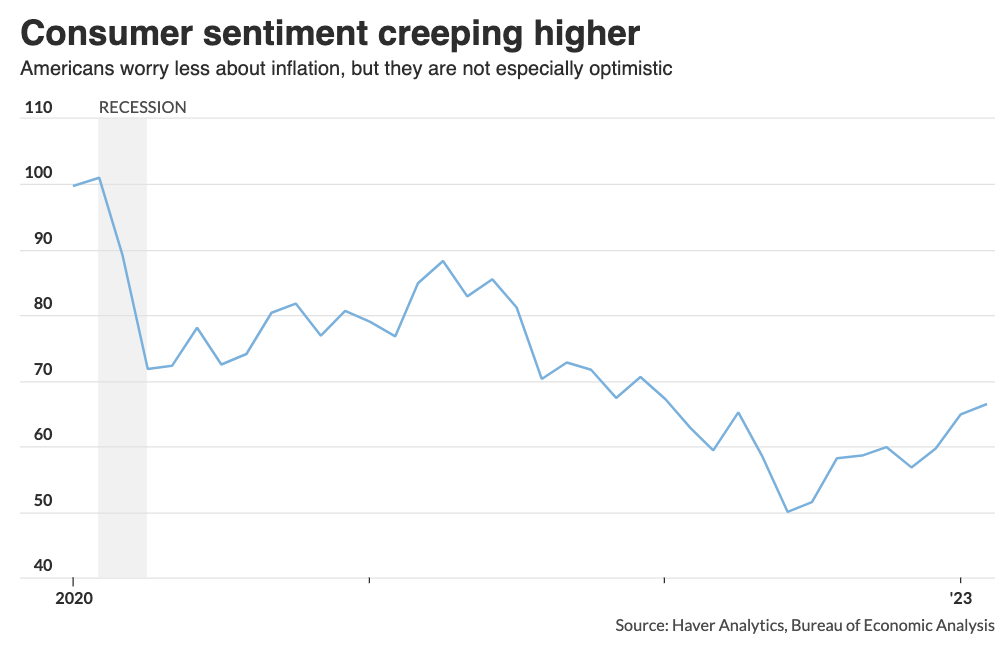
Source: MarketWatch
There are early signs of improvement. Higher price point shopping online is expected to grow 40% this year, according to eMarketer; almost a third of surveyed consumers reported that online discounts or offers drove them to purchase luxury goods online.
Discounts and promotions are an obvious element of a smart ecommerce strategy in a time of economic uncertainty. But you need to get smart about how you’re deploying them, especially when it comes to luxury goods. You need to assess each promotion identifying what’s working and what’s not, then continuously apply those learnings to future offerings:
- Start by looking at your customers and figuring out what they’re interested in buying and how they’re making the decision to purchase when money gets tight.
- Keep monitoring the competition to ensure your discounts keep you in the consideration set of a price-conscious consumer.
- Update your value propositions on a quarterly basis according to those learnings and incorporate those value props into your ad copy.
- Test promotional offers leveraging that message across your feed and Google Merchant Center.
Product markdowns, “price drop” badges, and promo codes are all available features in Google Shopping and Performance Max campaigns. Take advantage of these features and update your offerings with splashier shopping ads instead of black-and-white text written in ad copy.
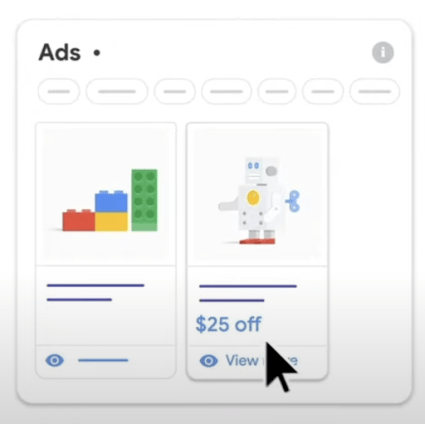
Source: Google
During Cyber Week, we saw more consumers turn to ‘Buy Now, Pay Later’ (BNPL) options to deliver great holiday gifts in a tough economy. eMarketer is predicting continued growth: they expect the total value of BNPL payment values to increase by another 25.5% in 2023, following a 77.3% increase in 2022.
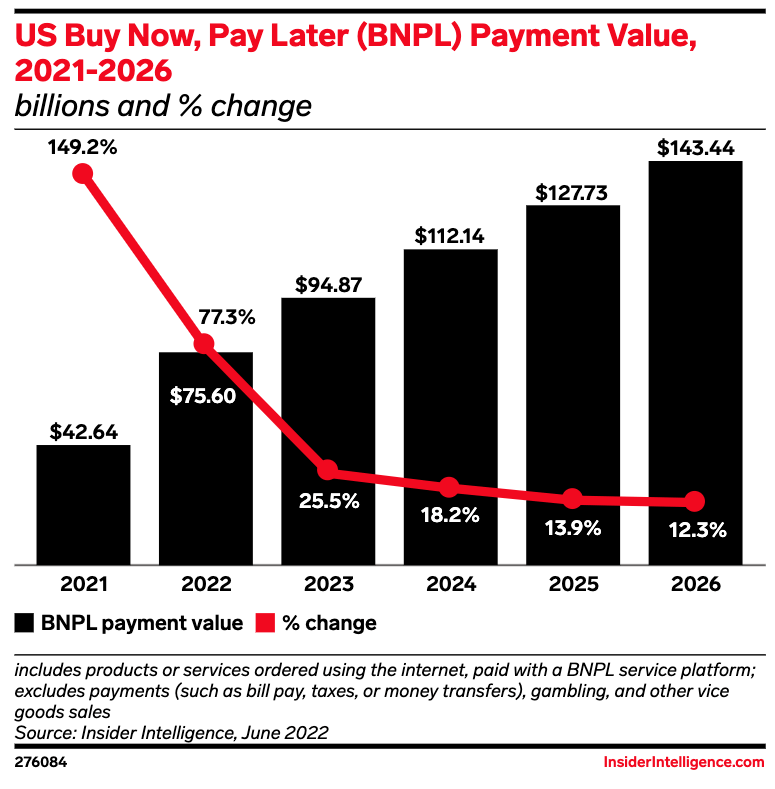
Source: eMarketer
With personal budgets spread thin, especially for non-discretionary purchases, consumers depend on discounts more. Smart promotional offers and alternative buying options like BNPL can be the difference between an abandoned cart and a completed purchase. It’s critical to meet your customer where they are, especially at a higher price point.
Google shopping competition is on the rise, so diversify your spend across new ad opportunities.
In 2022, paid search competition was fierce, leading to higher CPCs quarter-over-quarter. That trend will probably continue as brands fight for every consumer dollar on the table.
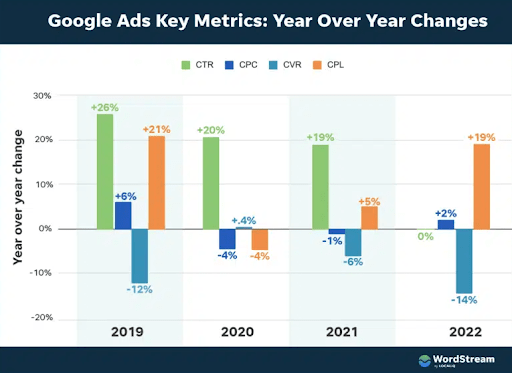
Source: Wordstream
Marketers need to look beyond their most comfortable platforms by diversifying spend and expanding their portfolio of options beyond Google and Meta. You need to start testing new partners and platforms to find white space in the market and maximize ROI.
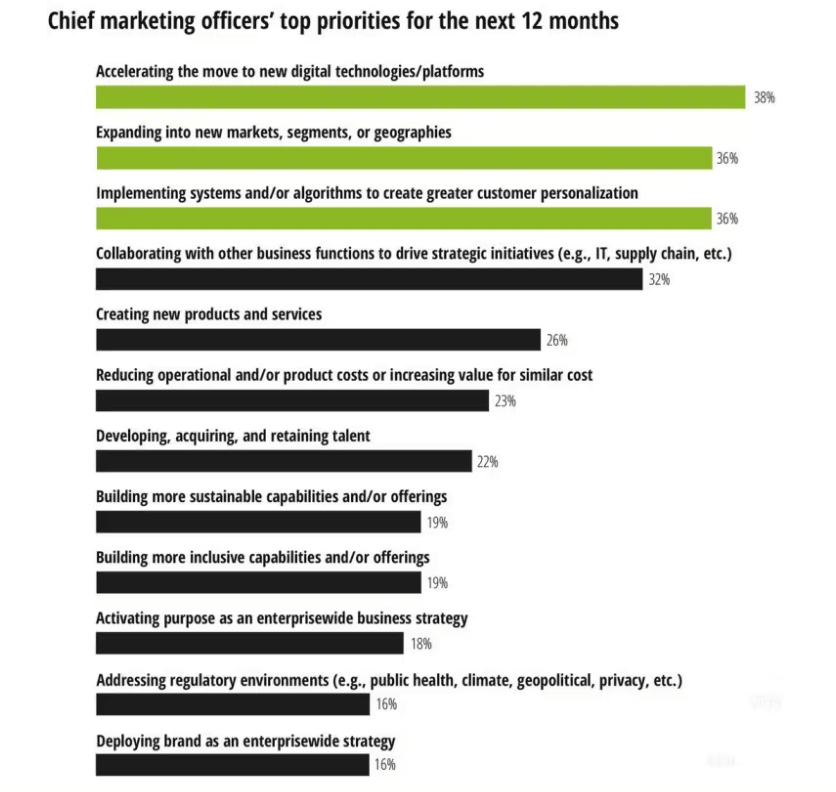
Source: Deloitte
Lower-tier ad networks like AdMedia, Ad.Net, AdMarketplace, and Criteo can help you grow your brand presence in a more cost-effective way. If initial testing is successful, you can fold that expansion into your evergreen strategy.
But that doesn’t mean you should leave your paid search campaigns behind. The state of the economy and the ecommerce industry has drastically changed over the last few years, which means it’s time to reassess your strategy, both what you’re bidding on and what you’re not. As the focus shifts to profitability and efficiency for most businesses, you need to make sure you’re getting the most out of your dollars on every platform.
Conduct a deep dive audit of keywords, audiences, and other elements of your Google and Bing accounts to analyze CPC performance. If there is a specific keyword driving up your average CPC, for example, but it’s not very profitable or efficient overall, you need to consider pausing that keyword.
When it comes to audiences, you can’t just go with what you’ve always done. Ask whether the specific audience segments you’re currently targeting are still delivering, and decide if there are new opportunity audiences you should start pursuing.
As competition and cost continue to rise, your spending strategy needs to be more agile. Strategies or tactics that may have worked in the past may not work now, so it’s vital that you continue to refresh your approach and improve optimizations based on current performance, not comfort level.
Deliver a better experience by preparing for inventory challenges within the Google shopping feed
Brands were hit hard by widespread inventory problems in 2020 and 2021. Despite supply chain improvements, shortages have now become a recurring trend that marketers need to account for out-of-stock campaign challenges in their planning.
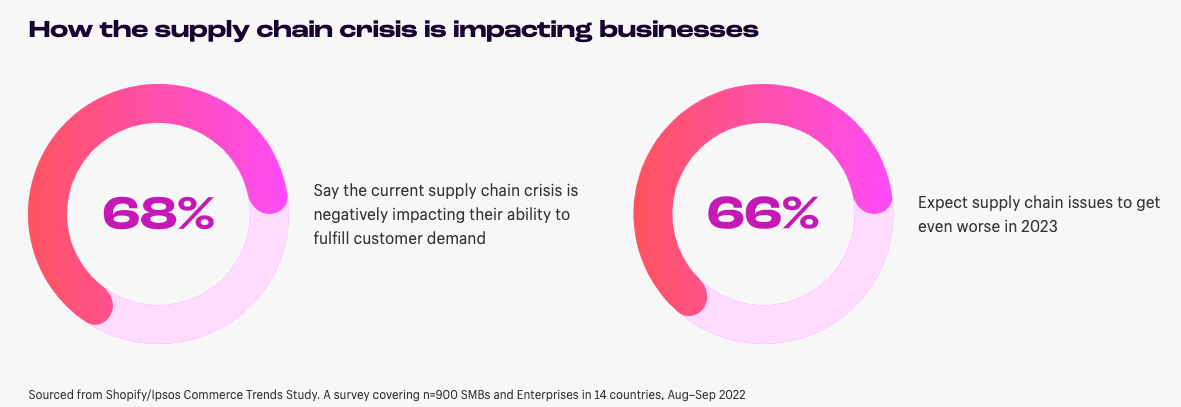
Source: Shopify/Ipsos
You need to have a consistent pulse on which products are flying off the shelves and which products have more room to push to win at Google Shopping. Stay on top of inventory levels by setting up an automated report that provides the SKU count sorted by product category. Product feed management solutions such as Feedonomics monitor and report on inventory data that help you make the best strategic business decisions. That way you can be more intentional about your spend toward certain keywords, products, or asset groups within Performance Max campaigns.
If inventory problems mean only a small portion of your feed is eligible to advertise, that’s okay. Use the data you have to make the most out of those products by getting even more strategic about promotion. Segment your shopping campaigns to prioritize high AOV products or high-profit margin products that will help your bottom line. Whether or not you run into inventory challenges, you need to be more thoughtful and nimble with your spend. You shouldn’t just push all available inventory, but look to build campaigns around products that will generate an efficient return on investment.
An automated report should be in place for any products that come on and off your website frequently, so you can put a halt to any wasted spend. You can also use these reports to monitor volume by product category to make sure you have search coverage on all categories when a new product is launched.
There is a common theme across all of these trends: start testing early to get ahead of the competition. Make adjustments based on your insights and learnings so that, by the time everyone else catches up, you’re already running full speed ahead.



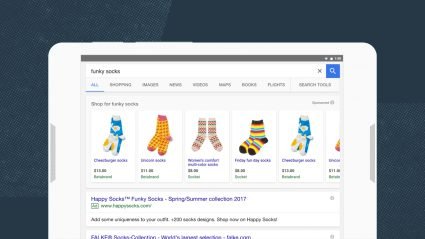

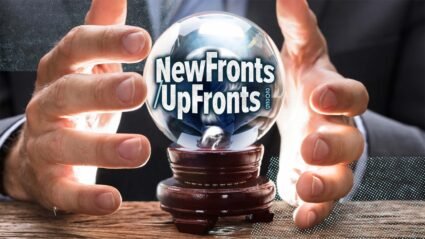

Responses